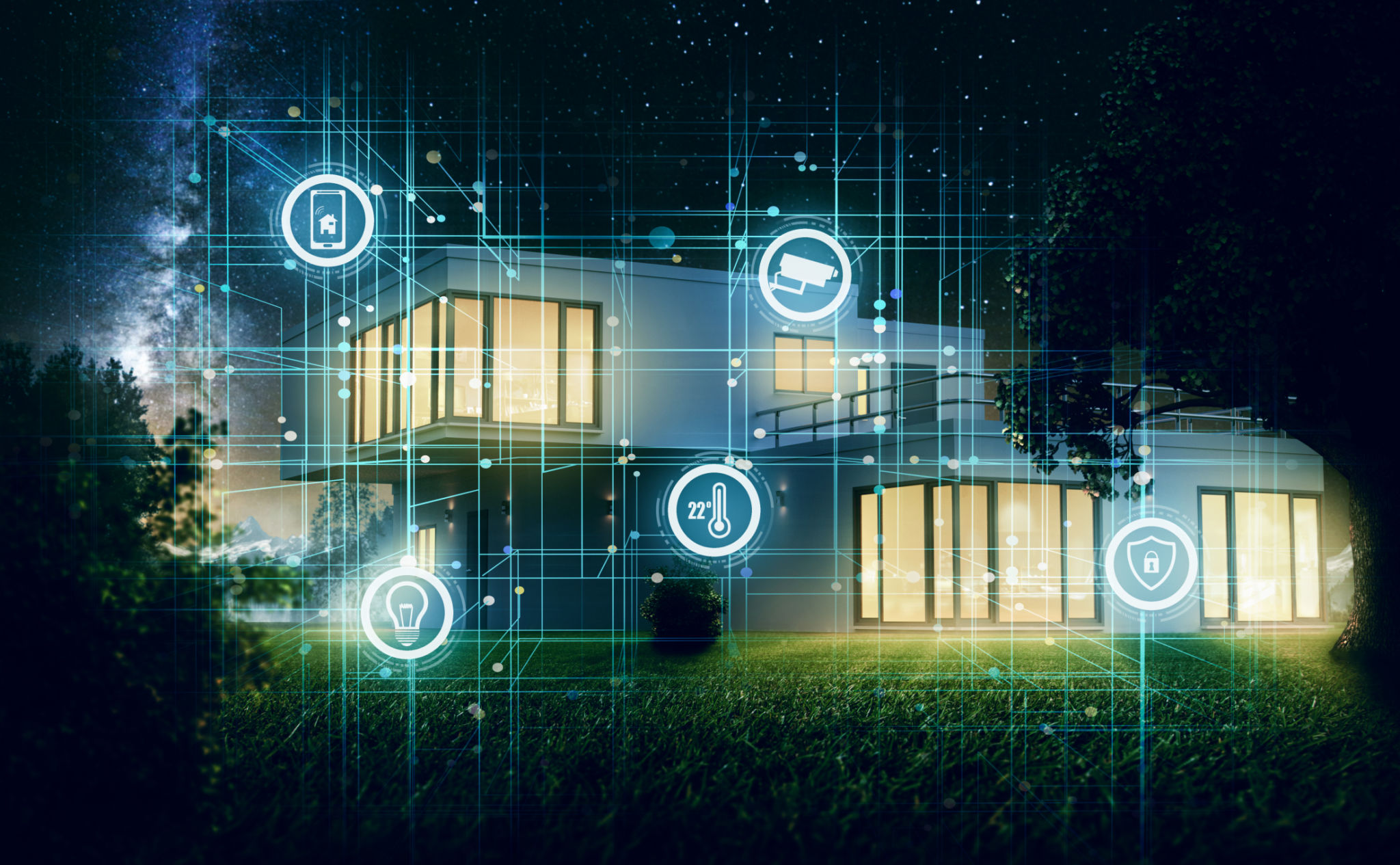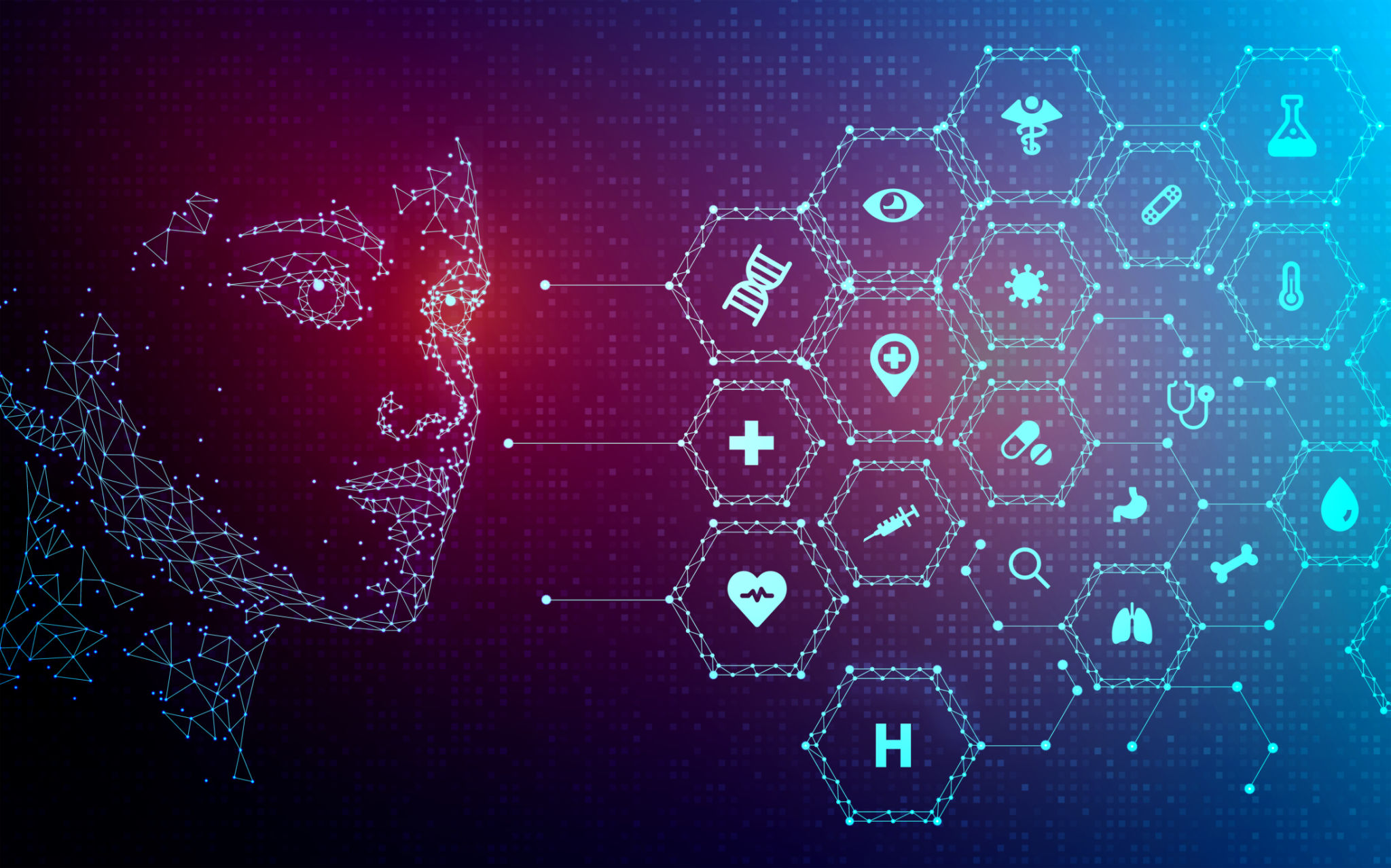Innovative Eldercare Solutions: Transforming Senior Home Care
Revolutionizing Senior Home Care
The landscape of eldercare is evolving rapidly, with innovative solutions transforming how we care for our senior population. As the demand for personalized and efficient care grows, new technologies and approaches are stepping up to meet the challenges of senior home care. These innovations are not only improving the quality of life for seniors but also providing peace of mind to families.
In recent years, the integration of technology in eldercare has opened new avenues for delivering care. From smart home devices to wearable technology, these advancements are making it easier to monitor health and well-being remotely. This not only enhances safety but also allows seniors to maintain their independence longer.

The Role of Smart Home Devices
Smart home devices have become a cornerstone in innovative eldercare solutions. Features like voice-activated assistants, automated lighting, and security systems allow seniors to navigate their daily routines with ease. These devices can be customized to remind individuals to take medication or even connect with emergency services if needed.
Moreover, smart home technology enables caregivers to monitor the home environment remotely. Sensors can detect falls or unusual activity patterns, alerting family members or medical personnel promptly. This ensures that help arrives quickly when necessary, reducing the risk of prolonged injury or health complications.

Wearable Technology and Health Monitoring
Wearable technology has become an integral part of modern eldercare. Devices such as health-tracking watches and fitness bands provide real-time data on vital signs, activity levels, and sleep patterns. This information is invaluable for caregivers and healthcare professionals in tailoring care plans to individual needs.
Furthermore, some wearables are equipped with emergency buttons that seniors can press in case of an urgent situation. These devices often come with GPS tracking, which helps locate the user quickly in emergencies, especially beneficial for those suffering from memory-related conditions like dementia.

Telehealth: Bridging the Gap
Telehealth services are another significant innovation in eldercare, offering a convenient way for seniors to access medical consultations without leaving their homes. Through video calls and online platforms, healthcare providers can conduct routine check-ups, monitor chronic conditions, and provide medical advice.
This approach not only saves time and reduces stress for seniors but also minimizes the risk of exposure to illnesses, particularly important during pandemics. Telehealth is enhancing access to healthcare for those living in remote areas where medical facilities may not be easily accessible.
Personalized Care Through Data-Driven Insights
Data-driven insights are playing a crucial role in personalizing eldercare solutions. By analyzing data collected from smart devices and wearables, caregivers can gain a deeper understanding of a senior's health trends and lifestyle habits. This enables them to make informed decisions about care strategies and interventions.
Personalized care plans can lead to better health outcomes by addressing specific needs and preferences. This approach fosters a more holistic care experience that respects the individuality of each senior.

Community-Based Solutions
Community-based eldercare solutions are gaining traction as they focus on creating supportive networks for seniors. Programs that encourage social interaction, group activities, and community involvement help combat loneliness and promote mental well-being among the elderly.
Local organizations often partner with healthcare providers to deliver these services, ensuring that seniors have access to resources that enhance their quality of life. Community support plays a vital role in creating a nurturing environment that helps seniors thrive.

The Future of Eldercare
As we look to the future, the potential for further innovation in eldercare is vast. With advancements in artificial intelligence and machine learning, we may soon see more sophisticated tools that anticipate the needs of seniors and provide proactive support.
Investing in these technologies not only benefits the current generation of seniors but also lays the groundwork for future improvements in how we care for our aging population. By embracing these innovations, we can ensure a higher standard of living and dignity for our elders.